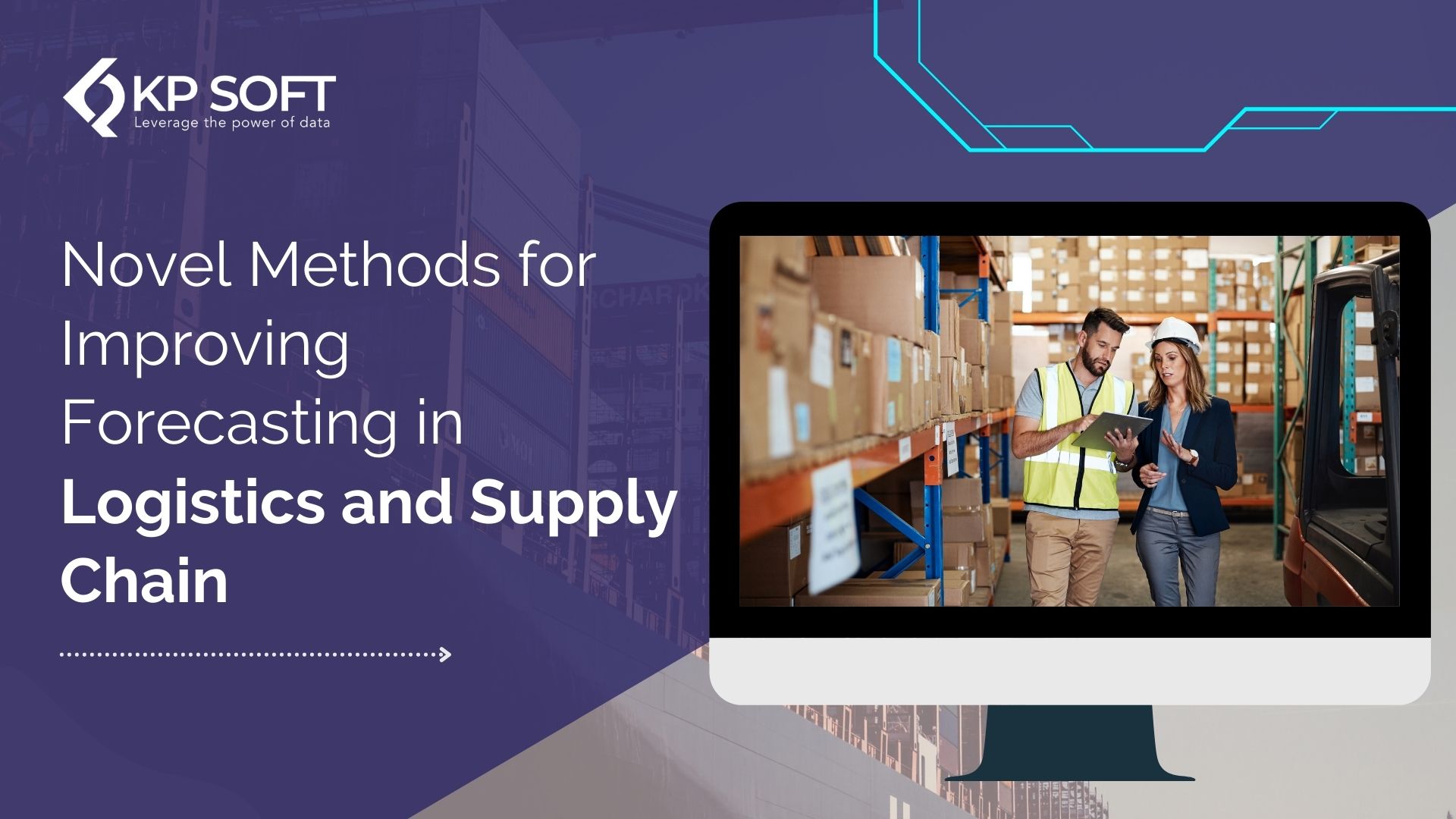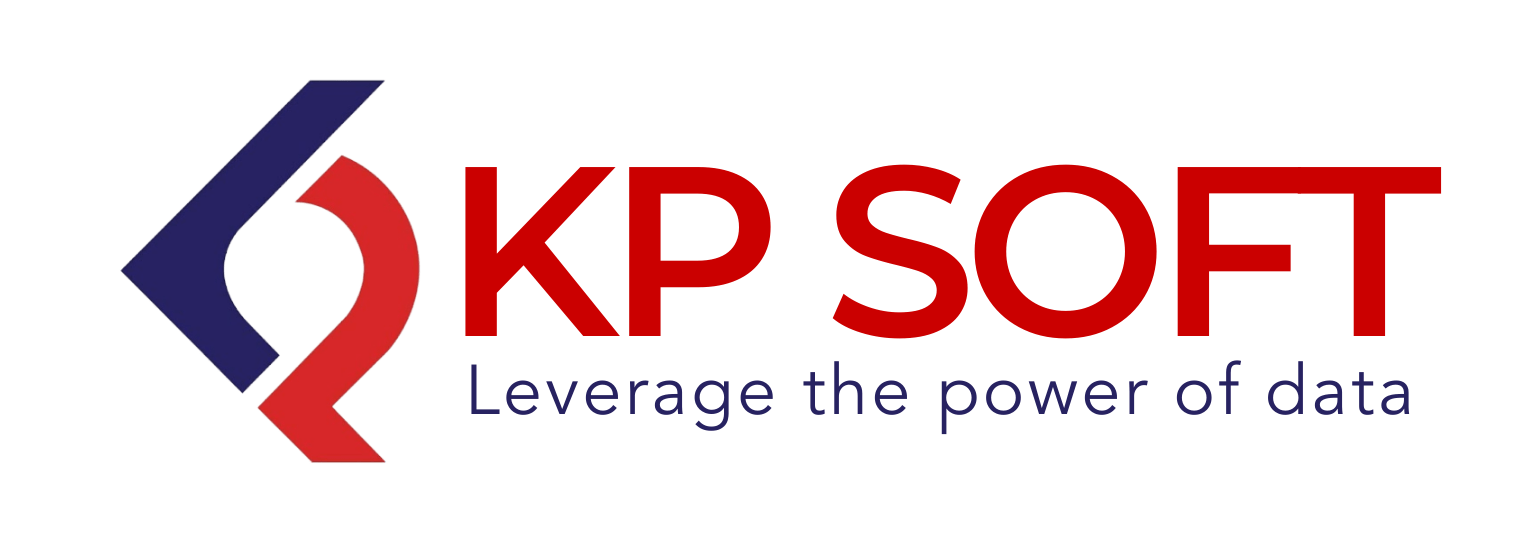
- March 29, 2022
- Prasad Kanigicherla
- 0
Since there is no crystal ball in supply chain management to help foresee what can impact or derail the supply chain, the next best thing to do is study data, analyze current information at hand, and work on improving supply chain forecasting.
The ability to forecast your supply chain is a critical job that, if done correctly, will ensure your business’ success. Getting it right is not easy, but doing so will improve customer satisfaction, build supplier relationships, and bring more capital for the future.
Unless you foresee the future, it can be impossible to ace supply chain management. However, since there are many components in this already moving and dynamic system, how do you make predictions that are backed by data and yet are intuitive?
Want to know more? Talk to our experts.
Fortunately, there are numerous supply chain forecasting methods that you can use depending upon the size of your operations. If you understand your business thoroughly, know what you want in the future, forecasting in supply chain management will not be rocket science. Alternatively, you can seek the help of experts like KPSoft to help you pave through to success.
McKinsey & Company in their Notes from the AI Frontier report said that even a 10% to 20% improvement in supply chain forecasting can reduce inventory costs by at least 5% while also registering a 2% to 3% increase in revenues. However, traditional forecasting methods that have until now been prevalent in the industry have not brought in the desired results. The industry average percentage of inaccuracies currently is 32% (in retail) which indicates that even a slight improvement in forecasting can have a massive positive impact.
In this article, we shall talk about some of the novel methods for improving forecasting in logistics and supply chains. We will highlight a few qualitative and quantitative methods that are used in logistics management.
Qualitative and Quantitative Forecasting in Logistics and Supply Chain Management
To ensure that logistics & supply chain management works seamlessly, it is essential to predict the future. This helps to understand demand and supply and pricing trends. Forecasting in logistics and supply chains helps to make decisions that are backed by research, data, and logical inferences. It enables businesses to run competitive analyzes and understand past patterns and buying behaviors.
Quantitative Forecasting
The most common method of forecasting is the quantitative approach where historical data, correlative information, and time series are all studied extensively. Since it is a data-driven approach, it expands the scope of in-depth analysis, which in turn helps make better decisions and plans with both short- and long-term goals.
In e-commerce logistics, there are quite a few popular quantitative forecasting methods used. A few of them are –

- Moving Average
Possibly the easiest form of quantitative forecasting, the Moving Average method simply examines data points that have been created using an average series of subsets from some complete dataset. An average is drawn and predicted for an estimated upcoming time, which is then recalculated on a monthly, quarterly, or yearly basis. However, since it doesn’t consider seasonality or current trends, it is best used for inventory control, especially of low order volume.
- Moving Average
- Exponential Smoothing
It is a sophisticated approach that weighs averages of past trends with the assumption that future trends will reflect them as well. It can be best used for short-term forecasting and non-seasonal items. Though it has a comparatively straightforward approach, it is prone to lag and can cause forecasts to be delayed.
- Auto-Regressive Integrated Moving Average
Considered to offer some of the most accurate forecasts, the Auto-Regressive Moving Average method examines the relationship of two (or more) specific variables. It is a simple forecasting method used by supply chain management companies. But it can be costly. You will also need a minimum of 18 months of timeframe to get accurate results.
- Auto-Regressive Integrated Moving Average
- Multiple Aggregation Prediction Algorithm
It is a relatively new methodology that is being used in supply chain forecasting. With the help of this method, you can get almost accurate results, so you are neither overestimating nor underestimating. The downside of this method is that its effectiveness is still unproven.
Know more about Quantitative Forecasting
Qualitative Forecasting
Apart from quantitative forecasting methods, several qualitative methodologies are also used. They help operations and supply chain management where there is less historical data available. Since there is already a set limitation, the qualitative methodology helps accumulate new data for future references.

- Market Research
It is the most common approach undertaken to predict supply and demand and to ascertain whether there is a demand for a particular product/service. It is easy to run market research – an in-house team or a third party can oversee it. Though it gives insights on target demography, it can be a time and money-exhausting affair.
- Delphi Method
Considered to be one of the most effective long-term forecasting solutions in supply chain management, in the Delphi Method a questionnaire is sent across to expert individuals. Their opinions are individually and separately sought, which are later grouped, sorted, and analyzed. This analysis is done by third-party experts who summarize these personal views and prepare a forecasting report accordingly.
- Historical Analysis
This is a straightforward approach to supply chain forecasting where you draw a parallel between what happened before to what you are currently doing. This approach is ideal if you have a specific product/service in mind and want to predict their sales. However, historical analysis is only possible when you have relevant and exhaustive data to fall back on. In the short term, it isn’t very reliable.
- Panel Consensus
In this method, the opinions of managers and staff members are keenly noted. They are encouraged to share their opinion on the pitfalls of the supply chain system and what needs to be corrected. However, this is often considered to be an unreliable research method, as weightage is given to staff who may have biased opinions.
Ending Note
We are currently witnessing a change in how businesses operate and communicate. As our dependence on digital interfaces grows, businesses must be geared to accept, adopt, and own supply chain management. Only then will they be able to deliver to happy customers. For smooth supply chain operations, forecasting is necessary. KPSoft is a front-runner in supply chain management offering numerous solutions for smoother business operations. Our stress is on providing clients with real-time insights into the supply chain.
Want to know more about how we can help improve forecasting for your supply chain? Call us today.
